Categories
Pulmonary hypertension (PH) is a complicated and also modern condition that influences the capillary in the lungs. It is defined by hypertension in the lung arteries, bring about signs such as lack of breath, fatigue, upper body discomfort, as well as dizziness. To efficiently diagnose and also deal with pulmonary high blood pressure, healthcare specialists utilize the that category system, which categorizes the problem right into 5 distinct teams based upon their underlying reasons and therapy techniques.
Team 1: Lung Arterial Hypertension (PAH)
Team 1 of the that classification system concentrates on pulmonary arterial high blood pressure (PAH), which refers to a certain kind of pulmonary hypertension characterized by the constricting as well as stiffening of the pulmonary arteries. This group is additional separated into four subcategories:
1.1 Idiopathic PAH: This refers to cases where the underlying cause of PAH is unknown. It is necessary for clients with idiopathic PAH to undertake a comprehensive evaluation to determine potential adding factors.
1.2 Heritable PAH: In this subcategory, individuals acquire hereditary mutations that predispose them to create PAH. With advancements in genetic screening, it is currently feasible to recognize these mutations and also provide targeted therapies to improve person results.
1.3 Medicine or Toxin-induced PAH: Direct exposure to certain medications or toxic substances can bring about the growth of PAH. Usual perpetrators include fenfluramine derivatives, amphetamines, as well as some immoral medications. Identifying as well as staying clear of these triggers is essential in managing medication or toxin-induced PAH.
1.4 Associated PAH: This subcategory incorporates instances of PAH that are related to various other medical conditions such as connective cells illness, hereditary heart illness, HIV infection, portal high blood pressure, or schistosomiasis. Treating the underlying problem is a crucial part in managing associated PAH.
- Group 2: Pulmonary Hypertension because of Left Heart Disease
- Team 3: Pulmonary Hypertension because of Lung Conditions and/or Hypoxia
- Group 4: Chronic Thromboembolic Pulmonary High Blood Pressure (CTEPH)
- Group 5: Lung High Blood Pressure with Uncertain and/or Multifactorial Devices
Group 2: Lung High blood pressure due to Left Heart Disease
Group 2 comprises pulmonary high blood pressure that occurs as an outcome of left heart diseases, such as left ventricular disorder or valvular cardiovascular disease. In these cases, the impaired performance depanten creme of the left side of the heart brings about an increase in stress in the pulmonary arteries.
It is vital to diagnose and treat the underlying left cardiovascular disease to efficiently manage lung hypertension in this group. Therapy approaches may include drugs to improve heart function, valve repair or substitute, or other interventions aimed at attending to the certain cardiac pathology.
Group 3: Pulmonary Hypertension because of Lung Diseases and/or Hypoxia
Team 3 consists of pulmonary hypertension that develops therefore of lung conditions or chronic hypoxia (reduced oxygen tonerin-kapseln kaufen levels). Conditions such as chronic obstructive lung condition (COPD), interstitial lung disease, as well as sleep-disordered breathing can contribute to the advancement of pulmonary high blood pressure in this team.
Managing lung diseases and also fixing hypoxia are primary goals in the therapy of pulmonary high blood pressure in Team 3. This may entail smoking cessation, oxygen therapy, pulmonary recovery, and using various medicines to enhance lung function.
Team 4: Chronic Thromboembolic Lung Hypertension (CTEPH)
Persistent thromboembolic pulmonary high blood pressure (CTEPH) is an unique kind of pulmonary high blood pressure that occurs when embolism block the pulmonary arteries. Unlike intense pulmonary blood clot, where the embolism eventually liquify, in CTEPH, the clots linger as well as can cause the advancement of pulmonary high blood pressure.
Diagnosing CTEPH entails imaging researches such as CT pulmonary angiography and ventilation-perfusion scans. Therapy choices array from medicine to surgical treatments, consisting of lung endarterectomy or balloon lung angioplasty, depending on the seriousness and also location of the embolism.
Team 5: Pulmonary Hypertension with Uncertain and/or Multifactorial Devices
Team 5 is a catch-all classification for pulmonary hypertension cases that do not fit into the other four groups. It encompasses problems with vague or multifactorial causes, such as hematologic problems, systemic disorders, metabolic conditions, or conditions impacting multiple body organs.
Because of the heterogeneous nature of Group 5 lung hypertension, treatment techniques are commonly personalized based upon the certain underlying causes and connected conditions. Collective initiatives amongst different clinical specialties are important to establish the most proper monitoring strategies.
In Conclusion
Pulmonary high blood pressure WHO groups give medical care experts with a comprehensive framework to recognize the underlying reasons and also establish targeted therapy prepare for clients. By categorizing lung high blood pressure based on distinct groups, doctor can customize their technique per patient’s unique demands. Early medical diagnosis and appropriate management play crucial functions in boosting outcomes and enhancing the quality of life for people coping with pulmonary high blood pressure.
Bear in mind, if you or somebody you understand experiences signs of lung hypertension, it is vital to look for medical focus promptly and also follow up with a health care specialist for an accurate medical diagnosis and suitable treatment.


